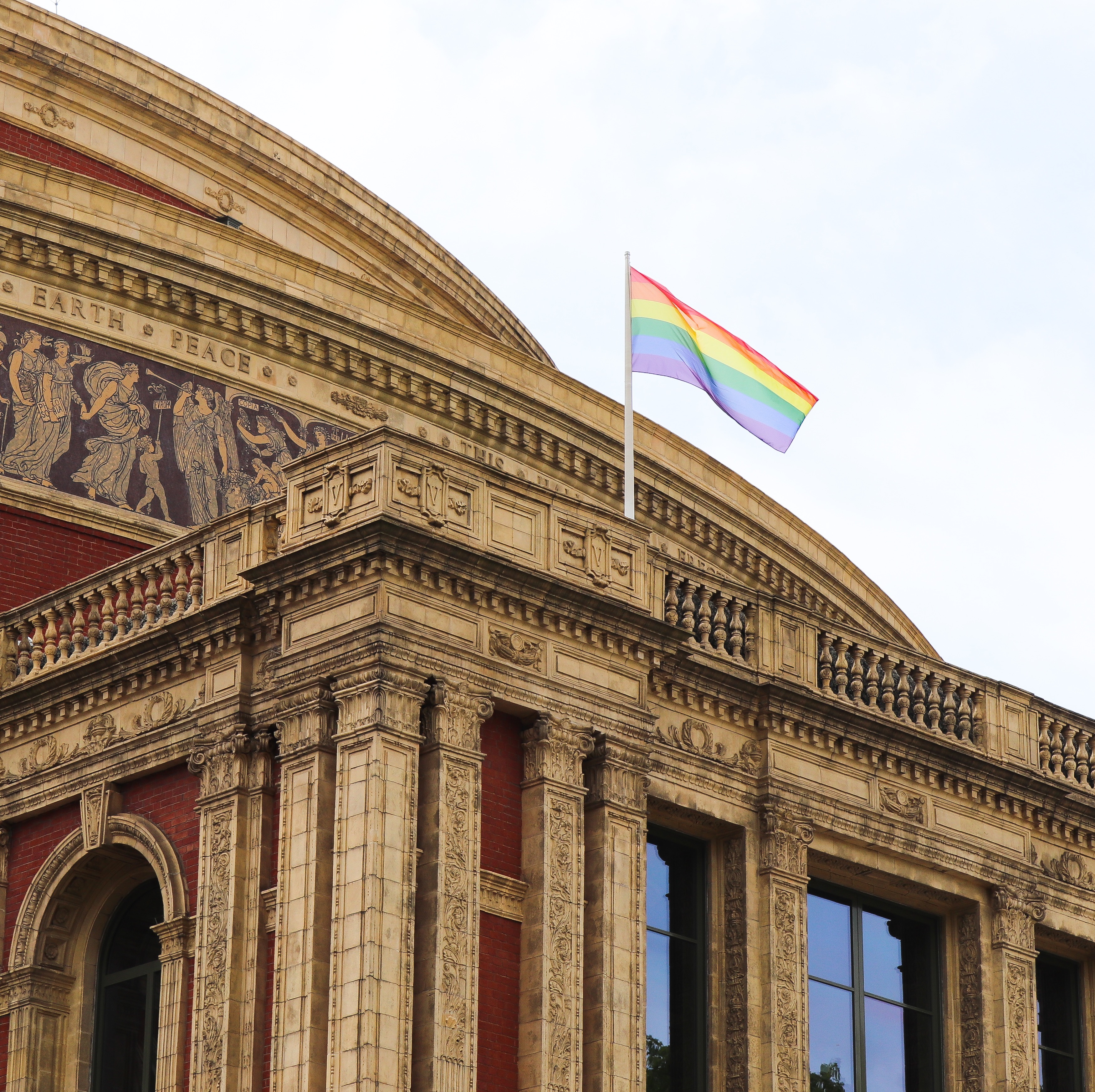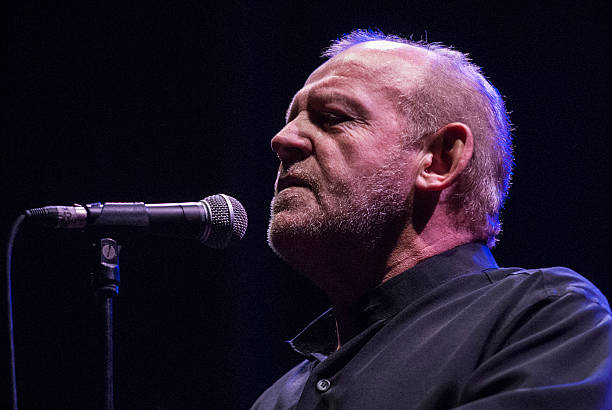Visit the Royal Albert Hall – the Home of Eurovision 1968!
I embarked on a visit to the Royal Albert Hall a couple of years back. It was my Dad’s birthday so we were looking for something to keep us occupied for a couple of hours. So we booked onto a tour of the Royal Albert Hall. I’d been to a couple of concerts here so I naturally thought I was an expert. What could I possible learn from a guided tour?
Erm….quite a lot actually!
And I’m still learning! I only found out recently that I had been visiting a Eurovision host venue all this time! Surely that should have been the first thing they mentioned on the guided tour?
My more avid readers will know that I’m on a mission to visit every Eurovision host city, and although I don’t tend to visit the venues, the Royal Albert Hall deserves special treatment.
Here’s why!
Why is the Royal Albert Hall so special?
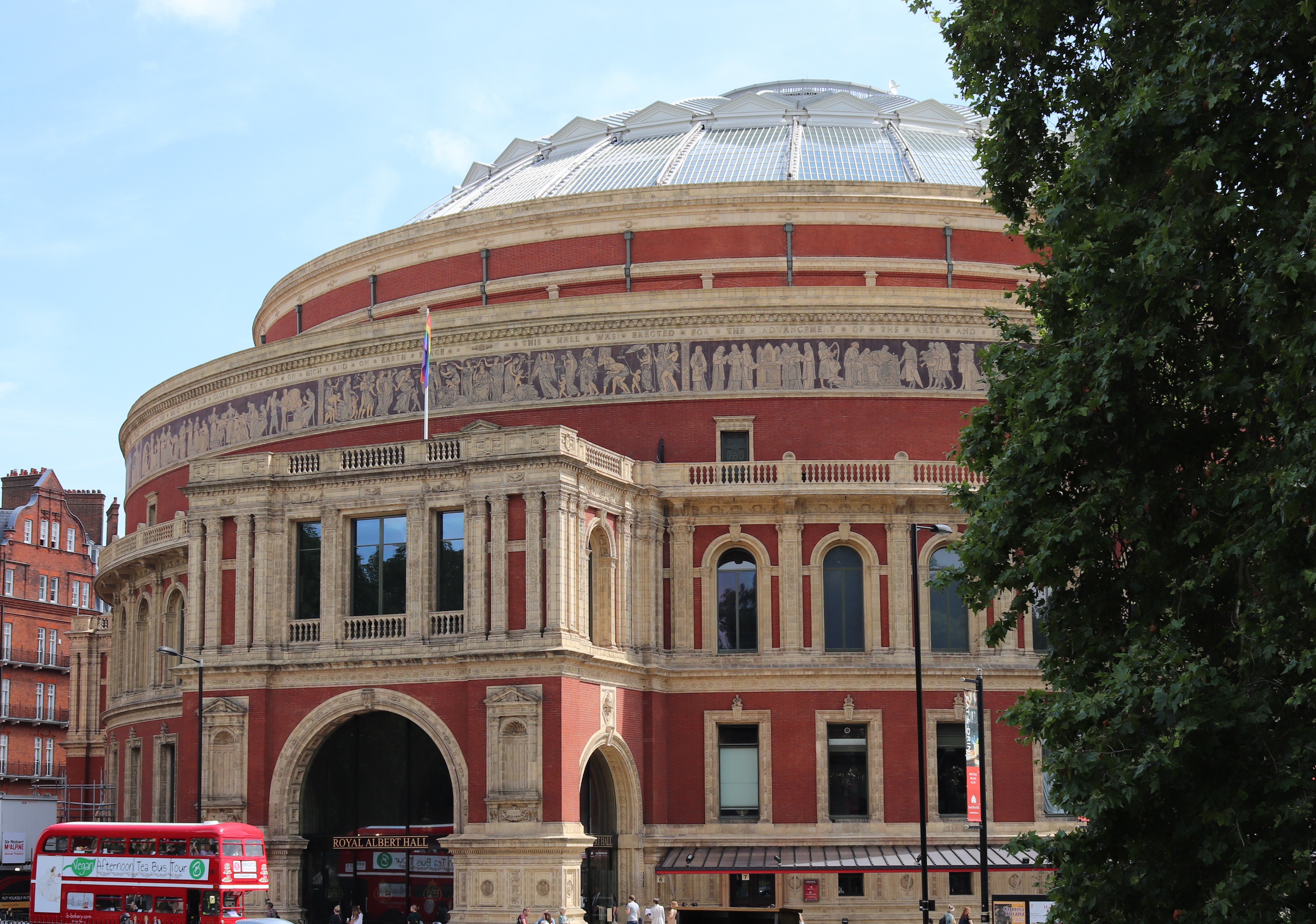
The Royal Albert Hall is a pretty special place, and not only because Eurovision came in 1968!
It’s not just a music venue – it’s part of British history!
How many music venues (that are still functioning) have a history like this one?
In 1851, Prince Albert (Prince Consort to Queen Victoria) had the idea to build a ‘Central Hall of Arts & Sciences’ which would be a permanent feature for the enlightenment of the British public. This followed the successful Great Exhibition which took place in Hyde Park the same year. Alongside the museums in South Kensington, Albert wanted to create a bustling hub of knowledge and learning. He wanted to call the area ‘Albertopolis’.
Unfortunately for Prince Albert, he didn’t live long enough to see his idea come to fruition as he died in 1861. The name also changed but Albert’s wish to have his name remembered was granted.
The building eventually opened in 1871, now named the Royal Albert Hall and a towering memorial to Prince Albert was constructed in Kensington Gardens, directly opposite the venue.
Pretty impressive huh?

The guest list is pretty impressive
It only takes a browse through some of the faces who have appeared here since 1871 to understand the significance of this venue.
To name a select few: Princess Diana, Albert Einstein, Tina Turner, JK Rowling, The Spice Girls, Muhammad Ali, the Dalai Lama and Buzz Aldren have all appeared on stage at the Royal Albert Hall among many, many others.
And artists of this calibre have been captivating audiences at this venue for almost 150 years!
It’s spectacular, both inside and out.
They don’t build music venues like this anymore!
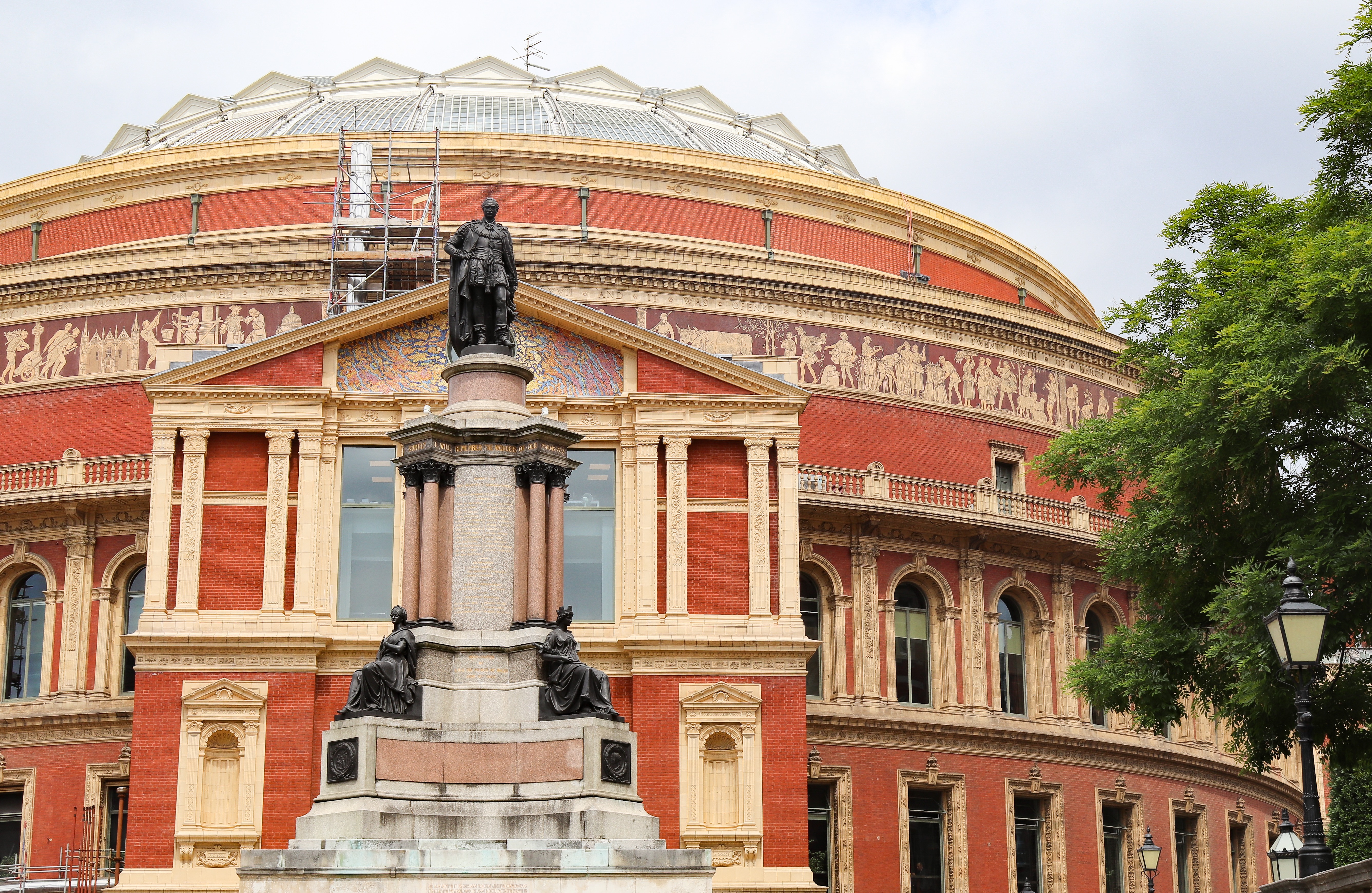
In fact, I only have one issue with the venue and it’s that I spend too much time gawking at my surroundings and it becomes difficult to pay attention to the performers. I have to make sure I arrive early as the building never ceases to amaze me.
And I’m in good company. Overcome with emotion, Queen Victoria was unable to speak when she first glimpsed the Royal Albert Hall. It’s easy to understand why, even without the emotional connection to the building’s namesake.
The Royal Albert Hall hosts over 800 events every year!
390 events take place in the main auditorium each year with further events hosted in the smaller rooms inside the venue. This often means that there are multiple events taking place within a single day. It’s hard to think of many venues where there is such a high demand to perform.
Although the venue does classical music and orchestral productions particularly well, it would be wrong to think that this is all that the venue has to offer.
Hosting over 800 events allows the Royal Albert Hall to offer an eclectic mixture of performing artists. A quick glance through the upcoming events emphasises this diversity. Popular events include include pop concerts, stand-up comedy, corporate events, religious speakers and classical music recitals.
The Royal Albert Hall also remains popular with touring contemporary artists despite being over 150 years old.
Either way, there’s an event for everyone at the Royal Albert Hall.

Bringing it all together!
Combining these factors together creates an amazing venue. It’s little wonder that the Royal Albert Hall has become iconic and has a prestige that other venues can only dream of.
What about Eurovision?
Although many amazing events have visited the Royal Albert Hall since 1871, the venue was open for almost 100 years before it became a Eurovision venue. This makes it one of the oldest venues to host the contest.
The Royal Albert Hall became a host venue in 1968 when Sandy Shaw brought the Eurovision Song Contest to London.
Today you are more likely to remember the UK entry from 1968 rather than the contest itself. Cliff Richard finished in second place with Congratulations, a song which has transcended the contest.
The 1968 contest became embroiled in one of Eurovision’s earliest scandals, when allegations of vote rigging emerged in 2008, 40 years after the contest.
Thankfully accusations of vote rigging are less common in the contest today(!)
What to see on a visit to the Royal Albert Hall
Not only does the Royal Albert Hall has a rich heritage, there’s a lot to see once you get here so make sure that you see the highlights below when you visit.
Outside the Royal Albert Hall
Amazing Exteriors
It’s worth taking some time to look at the exterior of the building. You don’t have to be a lover of architecture to appreciate this one.
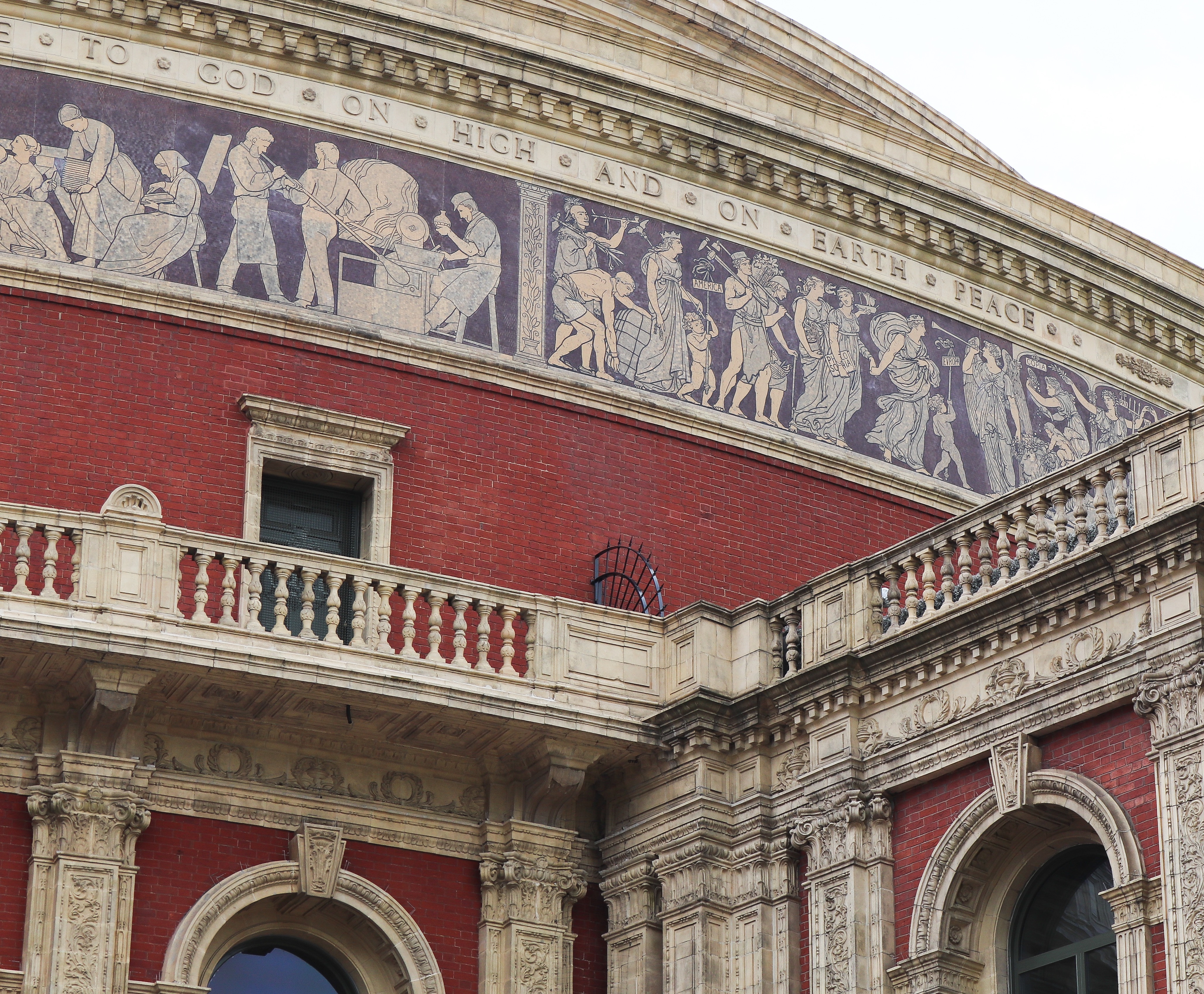
Look to the upper levels of the building, below the dome. Here you will see a mosaic called the “Triumph of Arts and Sciences” which circles the entire building in 16 sections.
The building design is spherical so it’s possible to walk around the building completely and to see it from all angles.
Most visitors will view the building from the Prince Albert Memorial in the North, but you should also make time explore other sides of the building. The view from Prince Consort Road is particularly good including the Diamond Jubilee Steps. I remember this place fondly from a scene in the Spiceworld Movie so it was pretty cool for my eleven year old self to come here in person.

Entrance Arches
These were the original entrances to the building with Door 6 being the royal entrance. This is where Queen Victoria entered the hall for the first time in 1871.
It’s harder to see today, but these archways were for carriages bringing guests to the venue. The carriage would drive into the covered area which would allow guests to enter the venue via sheltered walkway, after which the carriage would exit again at the opposite side.
Today there is glass enclosing the archway. This creates an indoor space which was previously external to the building.
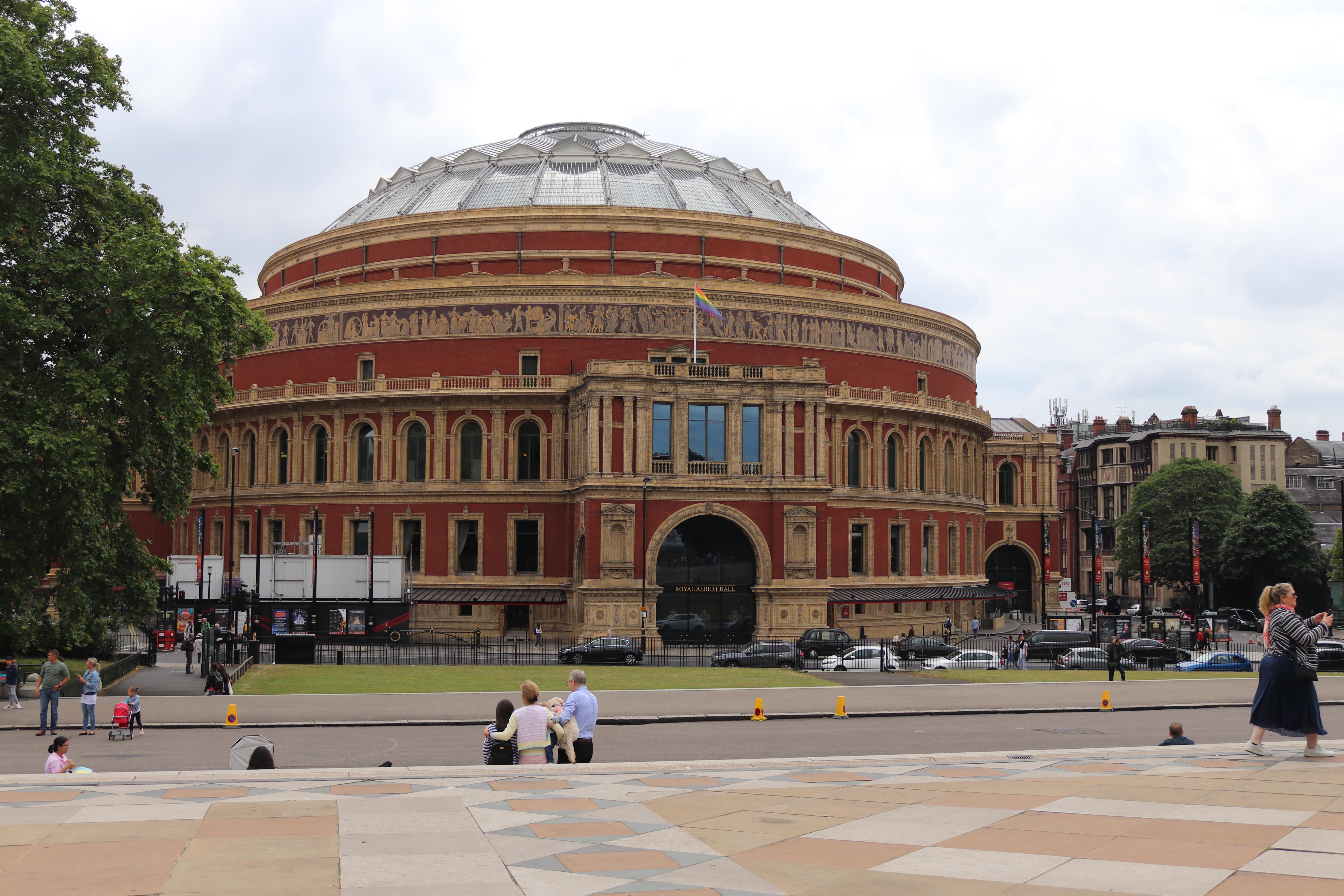
Door 12 is an exception to this rule. Although it looks the same as the other entrances, it is a modern extension from 2004.
The Prince Albert Memorial
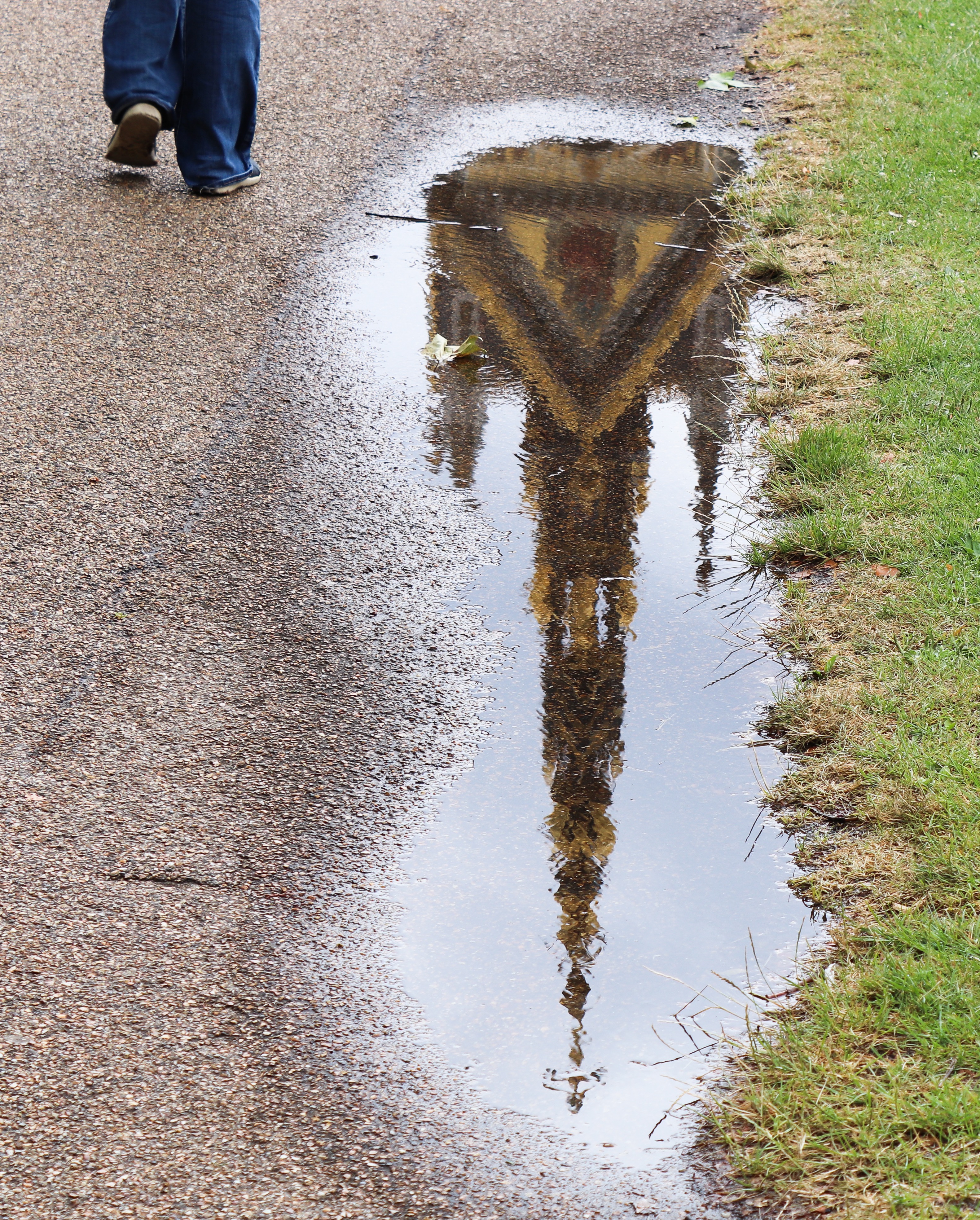
The Prince Albert Memorial sits to the north of the Royal Albert Hall, and being honest it’s hard to miss! The memorial comprises of a Gothic spire which shelters a golden effigy of Prince Albert looking over at the Royal Albert Hall.
There’s a lot of detail in the memorial so it’s worth spending some time here to take it all in. The sculptures at the four outer corners of the monument represent the continents of Europe, Asia, Africa and America which were the corners of the British Empire at the time.
I took the photos below of these statues.
There are also sculptures inside the fence which represent agriculture, commerce, engineering and manufacture. The designer commissioned a different artist to create each of the 8 sculptures.
The base of the memorial sits upon the Parnassus Frieze, the four sides of which features effigies of 187 figures including musicians, poets, painters, architects and sculptors. Famous names appearing on here include William Shakespeare, Pythagoras, Wolfgang Amadeus Mozart and Leonardo da Vinci to name a select few.
You can see one side of this effigy in the photo below.
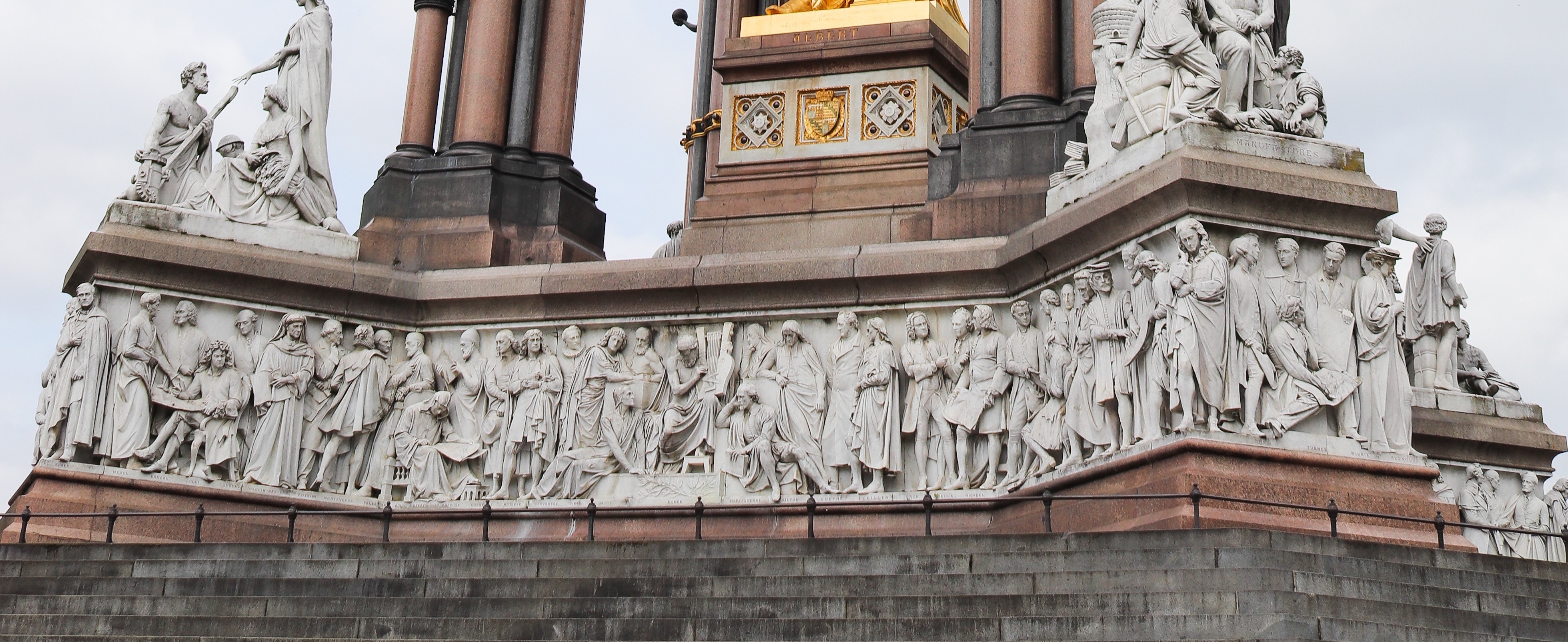
Inside the Royal Albert Hall
‘Appearing at the Royal Albert Hall’ Mural
In honour of the many fantastic artists who have graced the stage at the Royal Albert Hall, Sir Peter Blake created a spectacular mural in 2014 which now lives inside the venue. The name of this mural is ‘Appearing at the Royal Albert Hall’ and it displays many of the famous faces who have performed here in the past.
You can see this mural just inside entrance 12 which is also the starting point for guided tours of the building. You’re also able to take a close look at an interactive version of the mural which is available online.
I’ve spotted a couple of faces from Eurovision history. Let me know if you spot any more. I could see: Bonnie Tyler, ABBA, Michael Ball, Graham Norton, Andrew Lloyd-Webber, Lulu, Cliff Richard and Michael Flatley.
The Grand Organ
It’s hard to miss the grand organ. Mainly because of its size. This is the second largest organ in the UK and reaches towards the ceiling at the back of the stage.
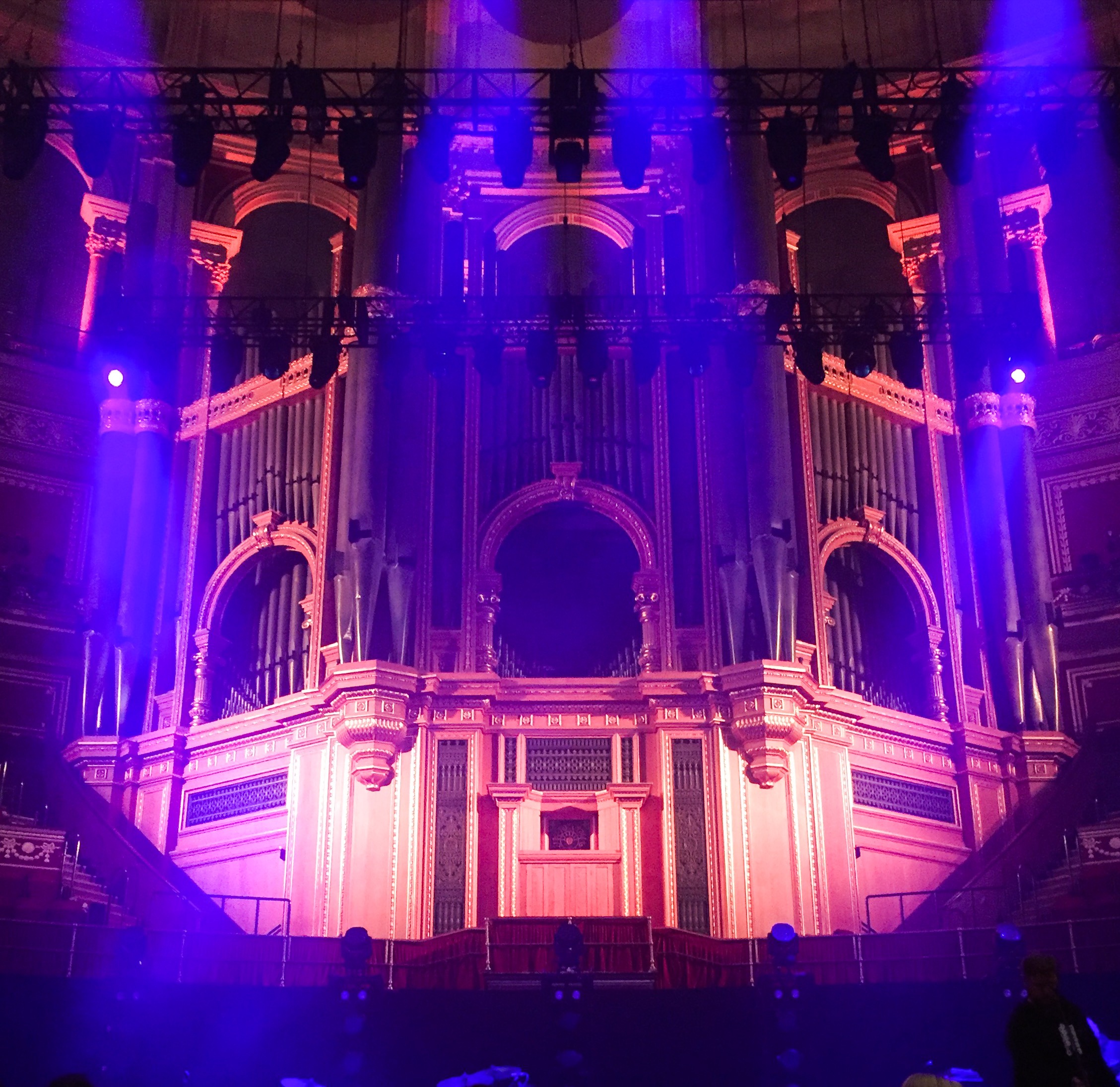
Much of the organ’s size comes from the 9,997 pipes which carry sound into the rafters.
The Arena
For most events, additional seating is located in the arena. However this space can be cleared to provide room for special events or used as a standing space.
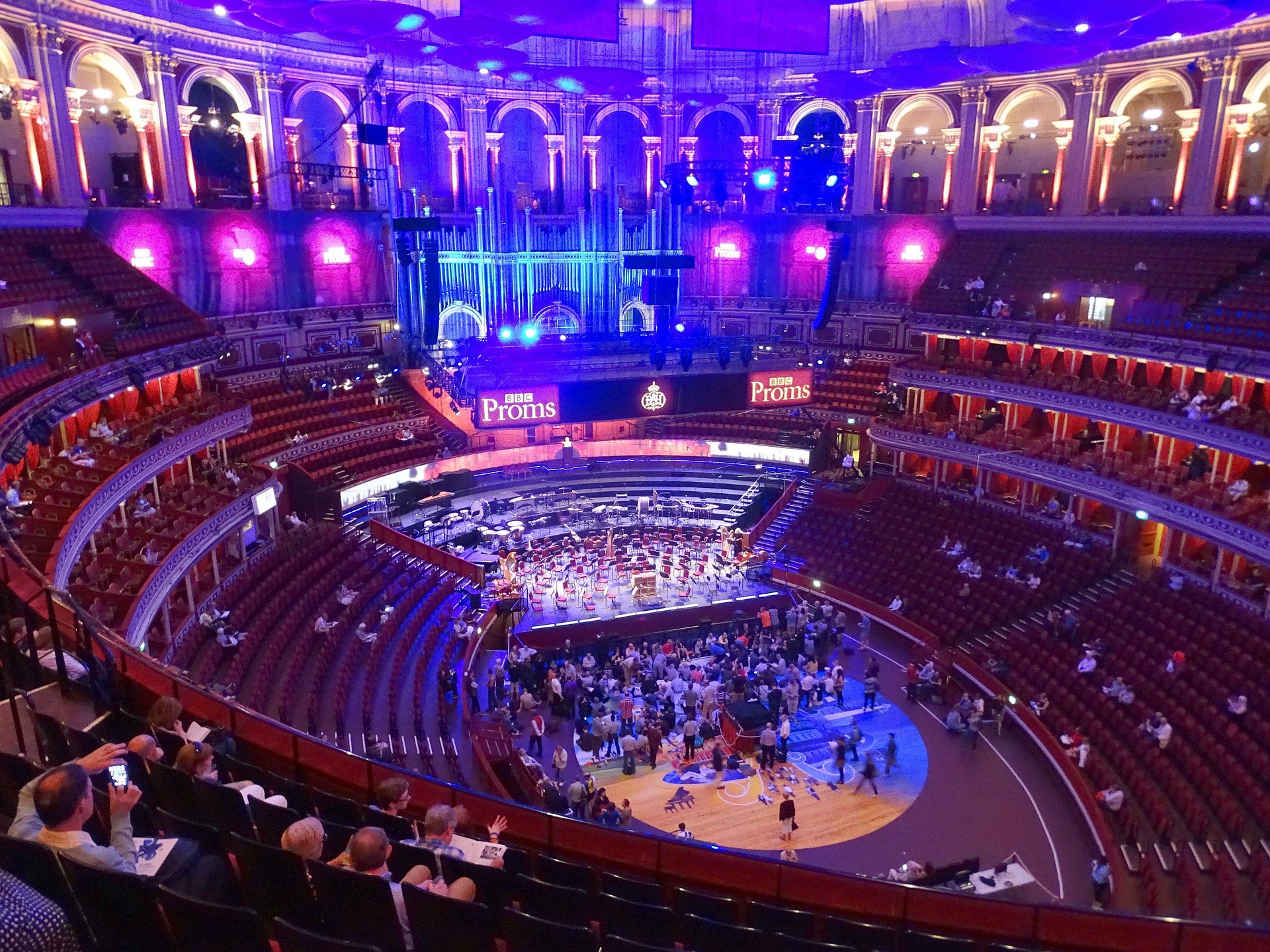
A good example of this would be boxing events as the ring sits in the centre of the auditorium.
The building design also includes technology to flood the venue with water as and when required. The 2015 of production of Madame Butterfly used flooding to create a floating Japanese water garden, upon which they performed the opera to spectacular effect.
The Boxes (including the Royal Box)
Just above the seating in the stalls, you can see a ring seated boxes which surround the venue. These were designed to provide private seating areas for the aristocracy of the Victorian period. They have a very similar function today. The boxes are privately owned, and the owners receive tickets to each and every show in the main auditorium.
The owners are given the option to attend the event, return the tickets to the venue for public sale or to distribute the tickets as they deem appropriate.
As some of the most popular events in London visit the Royal Albert Hall, these boxes come at a premium. Sales of boxes have been known to exceed £3 million.
Best know of the boxes Is the Royal box which has belonged to the Royal family since the time of Queen Victoria. You can spot the Royal box from the exterior as it’s the only one which has a light pointing towards the stage. All other boxes have lights that point inwards. This is to notify the event compere that the Royal family have arrived and indicates that the audience should stand to attention.
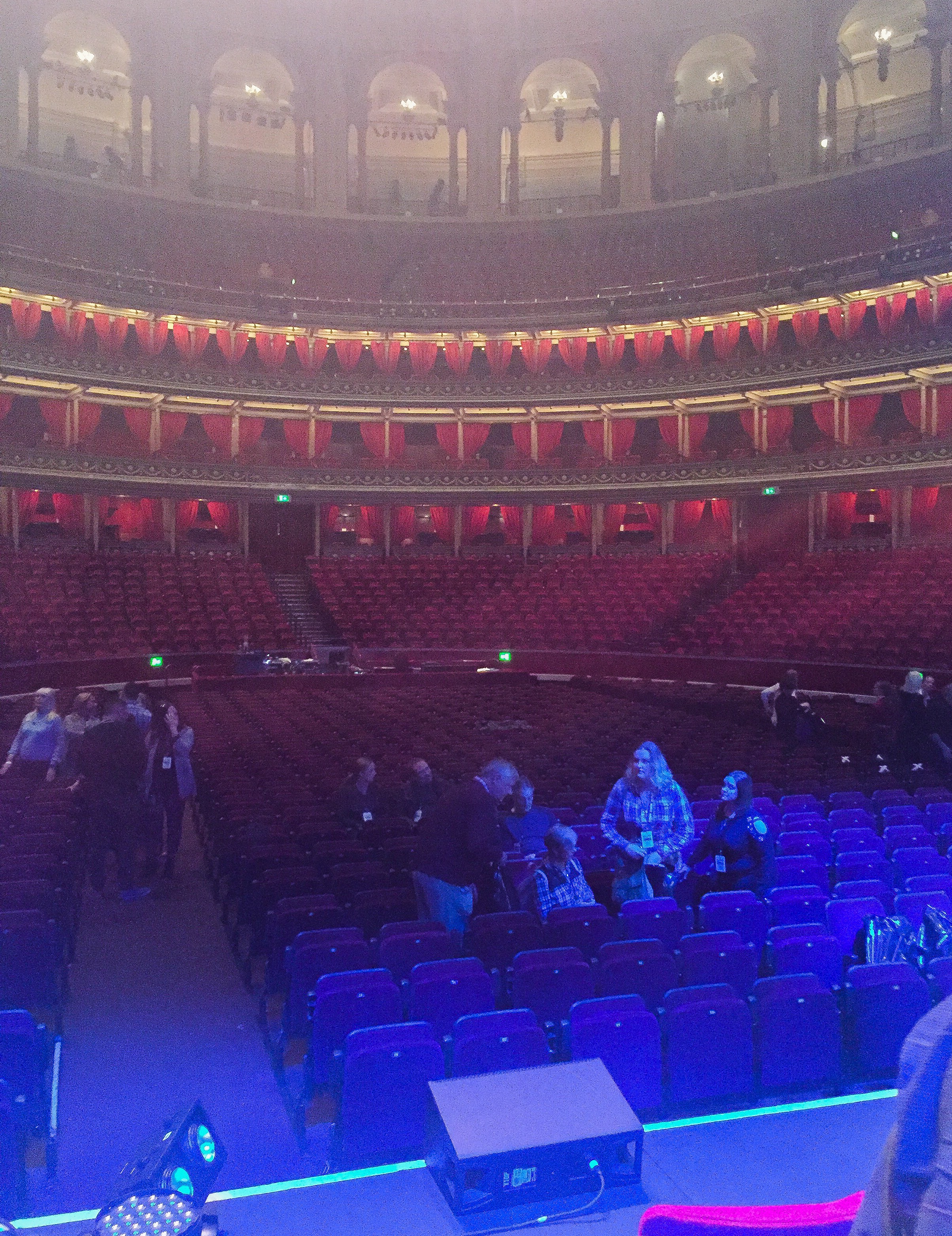
The Gallery
At very top of the Royal Albert Hall is the gallery. This is essentially a circular corridor providing views into the auditorium. Due to its height, this is one of the best places to view the inside of the venue.
Standing tickets for the gallery are available for most events and tend to be the cheapest. It’s worth buying these tickets for the view alone.
The Mushrooms
The original design of the building was known for having terrible acoustics because the roof of the building is a dome. This caused certain sounds to echo back into the auditorium. After living with this sound problem for a century, a solution was found in the 1960s.
The mushrooms are fibreglass discs which hang from the ceiling and deflect sound back into the venue and reduce the impact of echoes. They are also a splash of modern design in a building which is otherwise Victorian.
How to visit the Royal Albert Hall
Exterior Only
You don’t have to go inside the Royal Albert Hall as there is plenty to see from outside, although I’d recommend going in if you can.
The exterior of the Royal Albert Hall is open to the public and can be explored free of charge. The venue sits between Kensington Gardens and South Kensington so there are other things to see if you are unable to go inside.
If you are going into the building, make sure you see everything that is outside the venue as well.
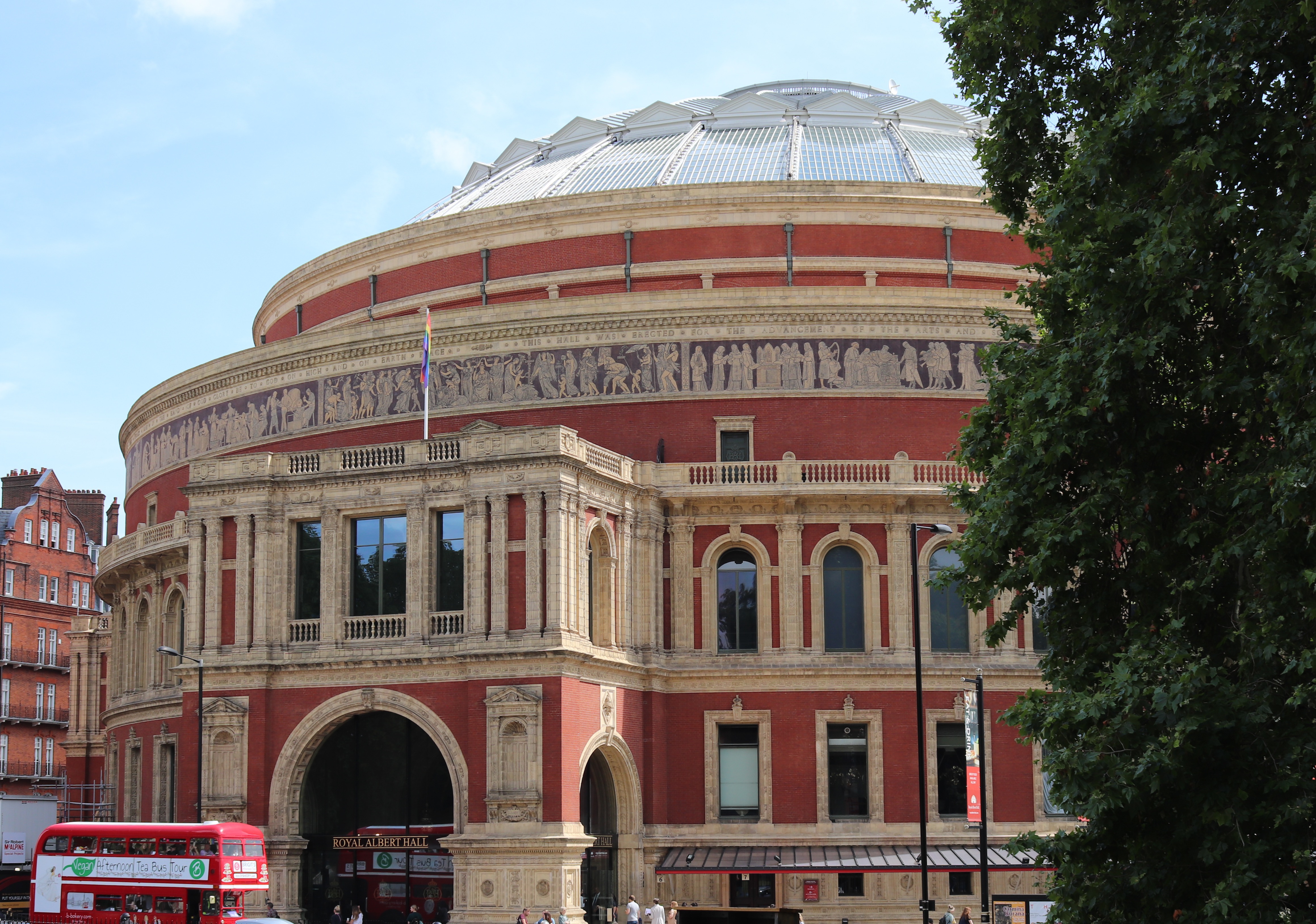
Interior
There are two options here and from my experience the best way to Visit the Royal Albert Hall is to do both.
Attend an event
One of the best ways to experience the Royal Albert Hall is with audience and live music. It’s easy to attend and event here and there are plenty of options available to visitors.
All I would say is to arrive early so you have plenty of time to appreciate the venue before the music starts. The only drawback of visiting the Royal Albert Hall in this way is that you only get to see the venue from your seat and you won’t get much opportunity to explore. If you’d like to see more of the venue, you may wish to consider taking a guided tour.
Keep any eye of for artist meet and greets and what you get by paying extra for these tickets. I got to meet Little Big Town before their concert in 2016 and part of the package was a photograph with the band on stage at the venue.
It’s not often you get to appear on stage and to meet your idols at the same time. True to form, I could barely speak and just gibbered at Kimberley Schlapman about her hair before being ushered along. Still an amazing experience though.
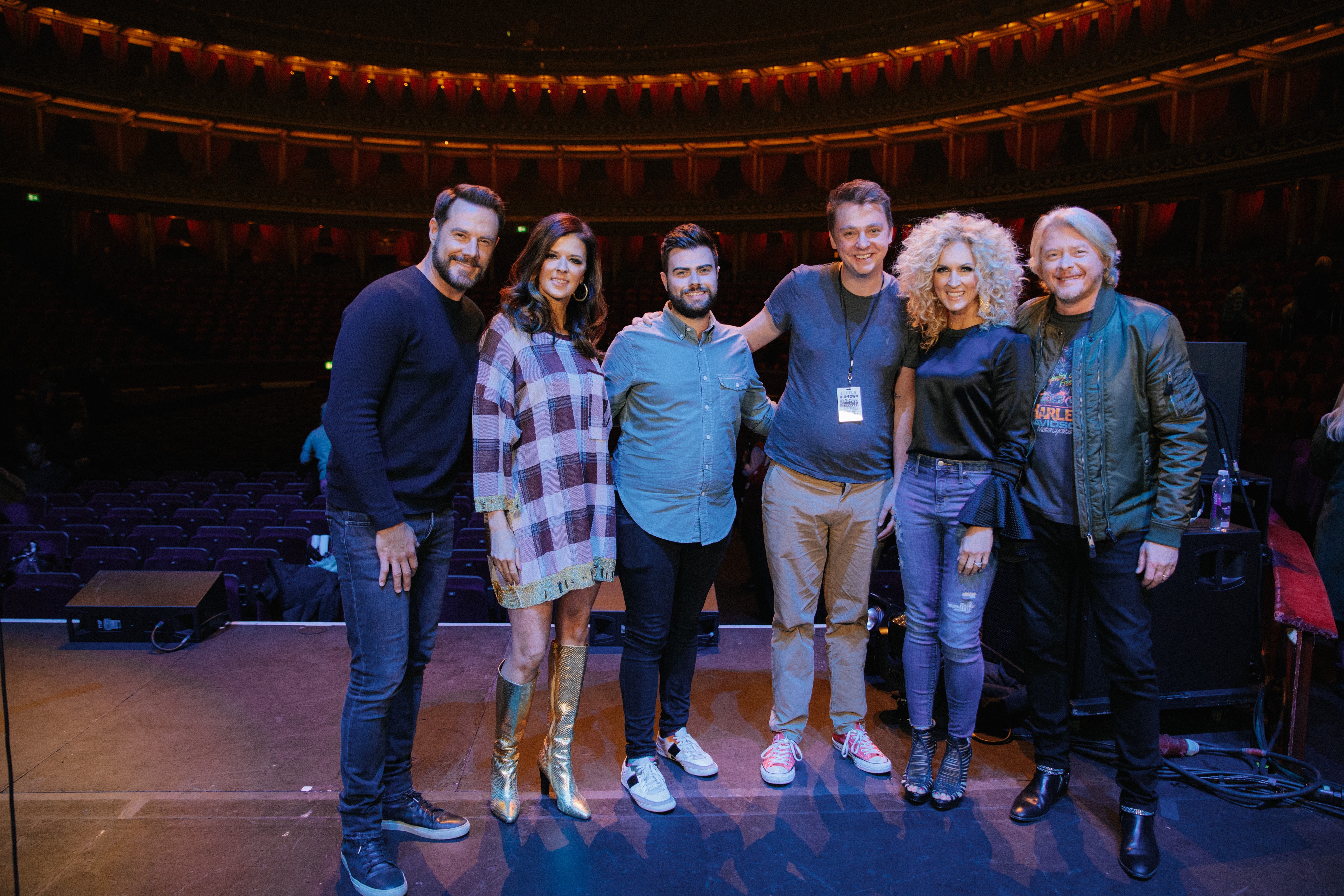
Guided Tours
Tours are available daily from the Café Bar at Door 12 and there are a number of different tours available for you.
These tours will give you additional insights as they move around the venue. I was able to view the venue from the boxes as well as the gallery, two areas I hadn’t visited by attending events.
If you’re lucky, you may also catch event rehearsals taking place. I was lucky enough to hear the orchestra preparing for a John Williams recital in the comfort of a seat in the boxes. This was pretty cool particularly the Jurassic Park theme tune.
To get the full experience, I’d recommend both of these options. Attending an event plus a guided tour if you can. Both of these options will give you a different experience.
Final Thoughts
I’d highly recommend a visit to the Royal Albert Hall.
Not only is it a spectacular site, but it’s absolutely jam packed with memories and snippets of British history.
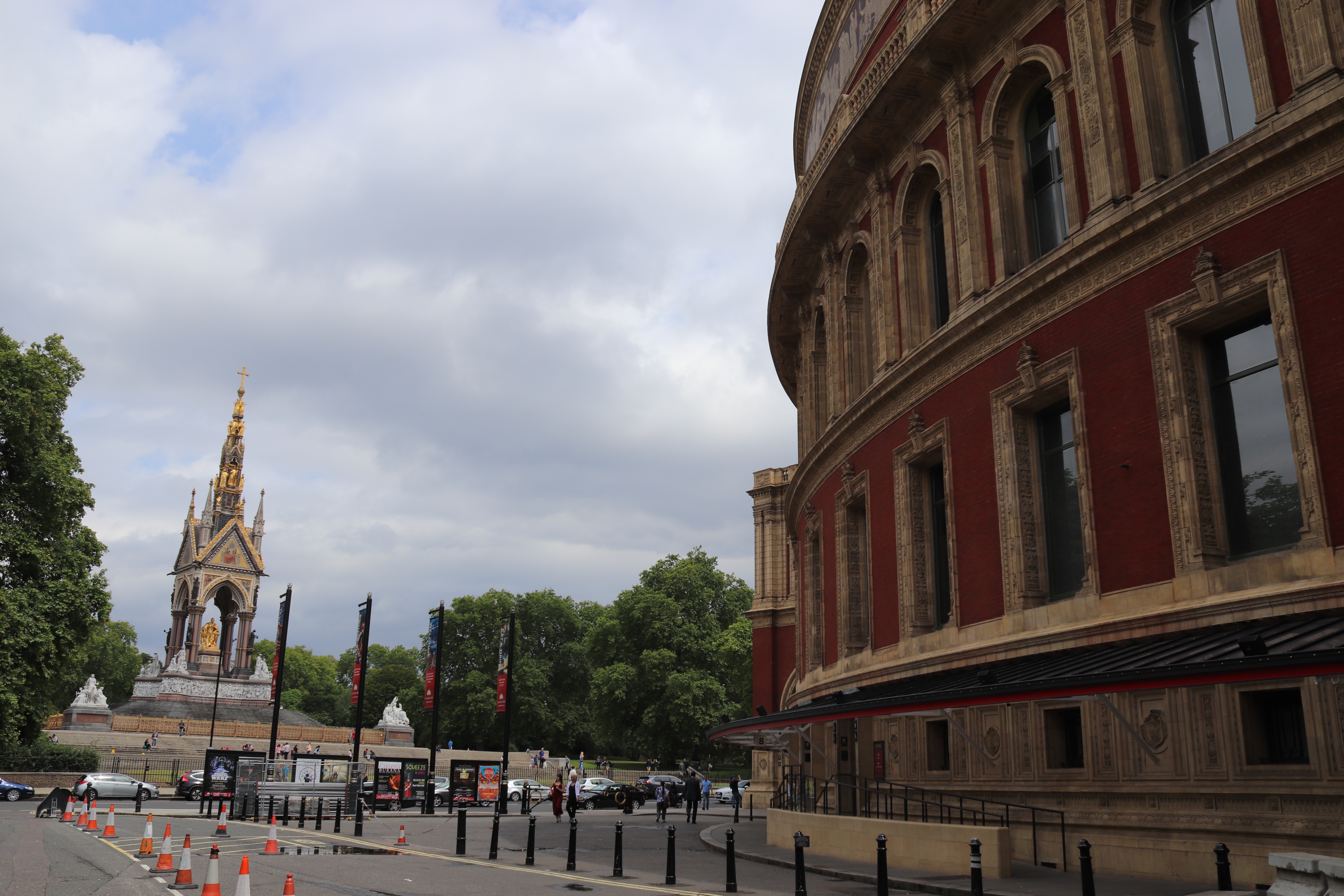
Unfortunately I don’t think Eurovision will be visiting the Royal Albert Hall again soon, although I’d love to see this happen. However the likelihood of the UK winning anytime soon is low (although I sincerely hope the BBC prove me wrong on this one).
Not only this, but because of the ways Eurovision has evolved since 1968. The fan base has grown and the UK has bigger venues that would be better suited to the party atmosphere of Eurovision in the 21st century.
Additionally, Eurovision requires full access to a venue for two months leading up to the contest.It’s highly likely that the Royal Albert Hall will be booked up already during this period. Especially considering that Eurovision only gives a few months notice to the venues.
That being said, I’m proud to think that the Royal Albert Hall has a place in Eurovision history. And something tells me that the Royal Albert Hall is a little bit proud too.
